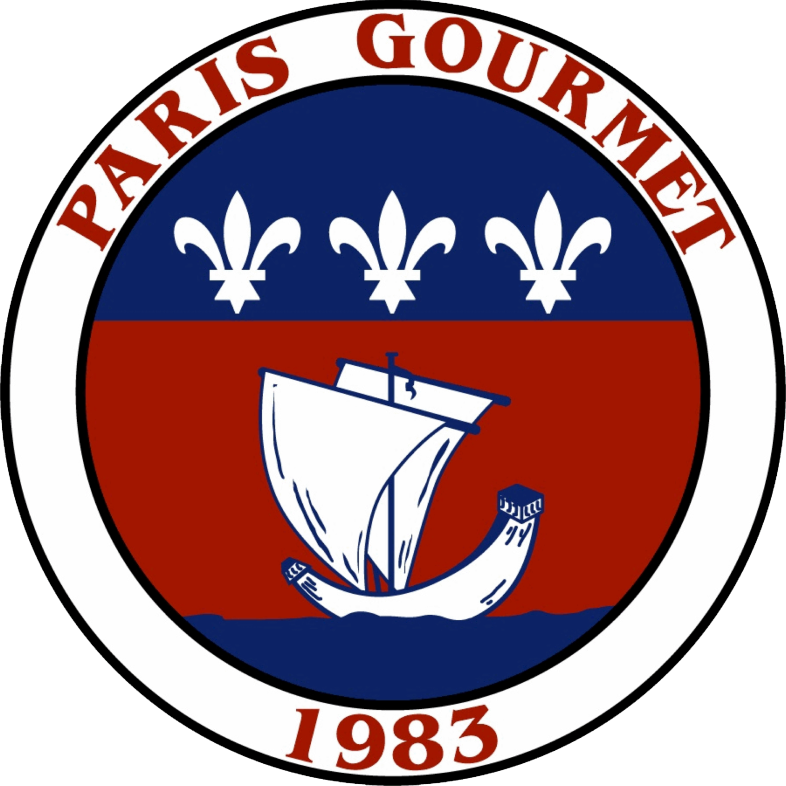Articles
Sort By:
Alphabetical (A -> Z)
By
John Duffy
Have you ever known the pleasure of licking the powdery residue of puffed cheese snacks (think "cheese that goes CRUNCH") from your fingertips? Then you are acquainted with the delicious results of combining a ...
